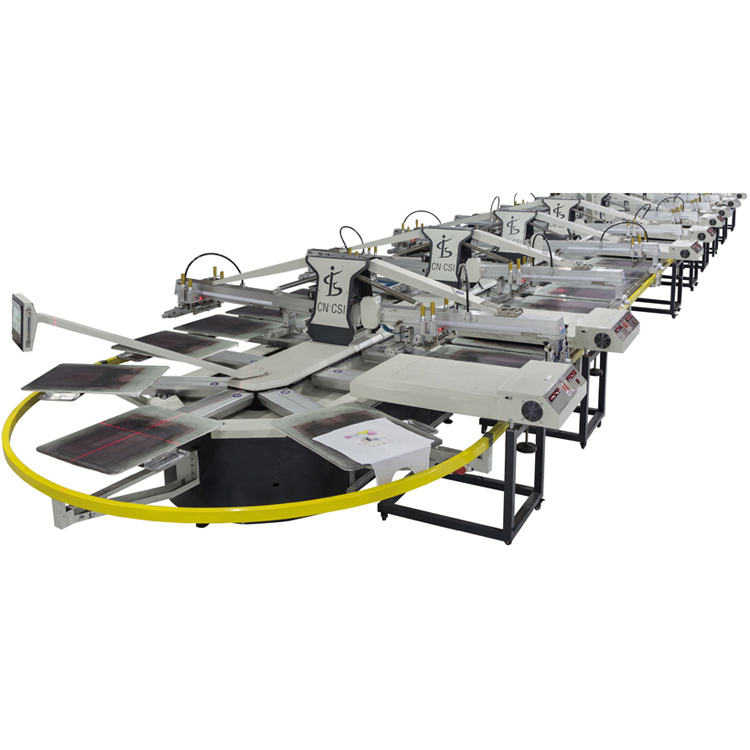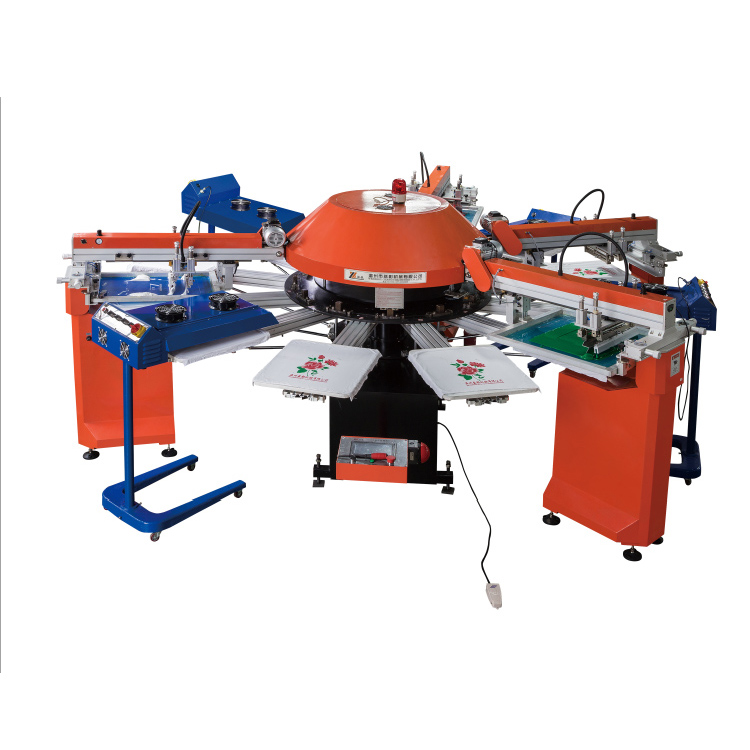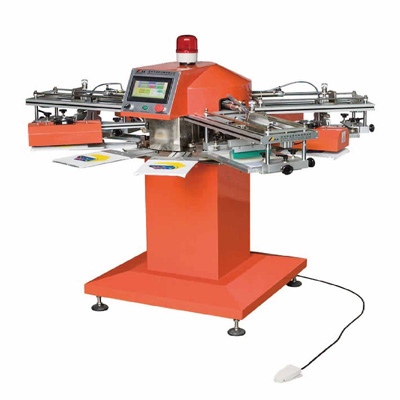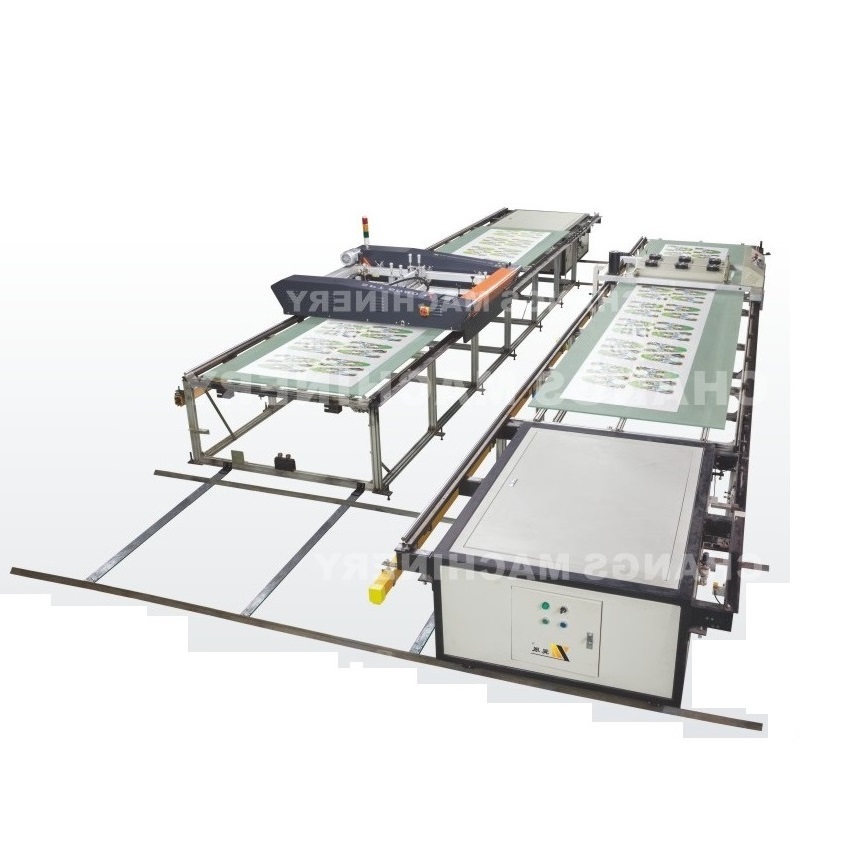In the screen - printing industry, the printing accuracy of the Screen Printing Machine is directly related to product quality and the competitiveness of enterprises. So, how exactly can we improve its printing accuracy? The following explores from four key aspects: equipment, printing plates, inks, and the printing process.
Is equipment maintenance and calibration important?
The answer is yes. The normal operation of the equipment is the foundation for ensuring printing accuracy. First, regularly clean all components of the printing press, such as the printing platform, squeegee, and flood bar. After the end of each working day, clean the printing platform with a special cleaning agent to prevent the accumulation of ink and dust from affecting accuracy. Second, regularly inspect key mechanical components such as the transmission system and positioning system. Check the tension of the transmission chain monthly and adjust it in a timely manner, and calibrate the positioning system quarterly. Finally, don't forget the electrical system. Conduct a comprehensive inspection of the performance of components such as motors, sensors, and controllers every six months, and optimize the control system parameters annually.
How much does the printing plate affect the printing accuracy?
The quality of the printing plate plays a crucial role in printing accuracy. High - quality screens are the key. Select screens with appropriate mesh counts, uniform mesh distributions, and good tensile strength. For fine - pattern printing, screens with a mesh count of 300 - 500 can be selected. When making printing plates, taking the photosensitive plate - making method as an example, parameters such as exposure time, development time, and temperature need to be precisely controlled. After determining the optimal parameters through experiments, operate strictly according to the requirements. After the printing plate is made, comprehensively inspect the clarity of the image and text, dimensional accuracy, and the evenness of the screen tension, and correct any problems in a timely manner.
What are the key points in ink selection and control?
For different printing requirements, inks with different characteristics should be selected. For example, when printing fine patterns on paper, choose inks with moderate viscosity, fast drying speed, and bright colors; when printing packaging patterns on plastic films, choose inks with good adhesion and strong weather resistance and chemical resistance. At the same time, precisely control the ink viscosity. Both too high and too low viscosity will affect the printing effect. Regularly measure it with professional instruments and adjust it by adding diluents or thickeners. Also, control the ink drying speed well. If it dries too quickly, it is easy to block the screen holes; if it dries too slowly, it is easy to smear and deform. This can be solved by adjusting the ambient temperature and humidity, using drying equipment, or adding desiccants or retarders.
How to optimize the printing process to improve accuracy?
Before printing, use positioning fixtures, positioning pins, or the equipment's own positioning system to accurately fix the position of the printing material, and adjust the relative position between the screen and the material according to the pattern requirements. During printing, reasonably adjust the hardness, angle, pressure, and speed of the squeegee according to the characteristics of the printing material, the nature of the ink, and the pattern requirements. In addition, establish a real - time monitoring mechanism. Use sensors and other equipment to collect parameters such as temperature, humidity, ink viscosity, squeegee pressure, and speed in real - time, analyze and process them, regularly inspect the quality of the printed products, and adjust in a timely manner when problems are found.
Through the above - mentioned comprehensive measures from equipment maintenance to printing process optimization, the printing accuracy of the Screen Printing Machine can be significantly improved, providing a guarantee for the production of high - quality printed products.







